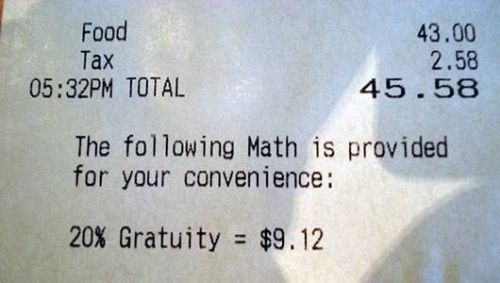Posted in Canada Revenue Agency, GST, HST, Income taxes, Ministry of Revenue, PST, Sales Tax, Taxes, tagged Audits, Income tax, Liquor, POS, PST, RST, Sales Tax on November 4, 2009|
Leave a Comment »
Today’s posting is the first in a series of articles about “auditproofing” your restaurant. By this, I mean taking proactive steps to help ensure that your restaurant or bar is not unfairly reassessed for sales and income taxes when it is audited by the CRA or provincial tax ministry. Please check back regularly for other methods of auditproofing your business. If you have any questions, please post comments to the articles, and I will do my best to respond. If you prefer, you can email your questions to me.
Most restaurants have a computerized point of sale (POS) system to keep track of items ordered by each guest, send orders to the kitchen or bar, and process guest check settlements. Most systems can keep track of many other important transactions, such as discounts given (by type and employee), voids (with reasons, by type and employee), ingredient usage, and many others. From a tax perspective, the POS system keeps track of every item ordered and calculates the appropriate sales tax. Just like your car, the POS needs to be maintained properly.
(more…)
Read Full Post »












